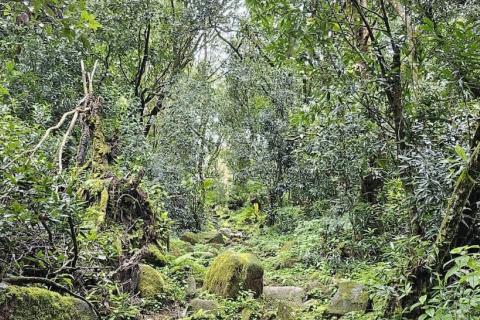Land governance issues in context
The Land Portal Issue Portfolios provide a reliable introductory guide to understanding how land issues connect with a broad range of development priorities and challenges, such as food security, climate change, conflicts, corruption and more. They are a support for policy makers, researchers, practitioners or anyone willing to engage in debates and activities that impact on land and resource governance. All portfolios are reviewed by external experts and fully referenced. Contact us if you have any questions or suggestions about our Issue Portfolios.












